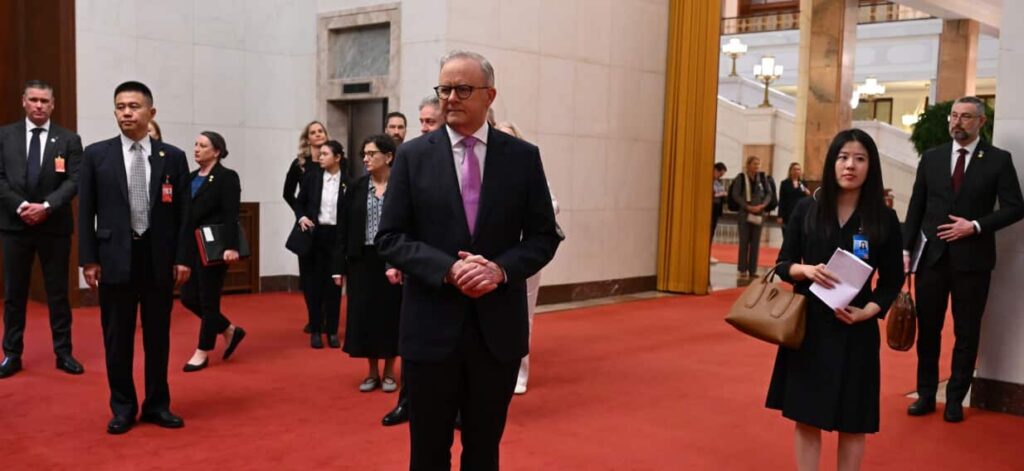
China is gaining dominance in Southeast Asia’s development landscape, according to a new report from the Lowy Institute. As traditional donors like the United States and United Kingdom reduce their financial commitments, China’s regional development spending increased for the first time in three years, reaching approximately $29 billion in 2023.
The latest edition of the Southeast Asia Aid Map highlights a troubling trend: a projected 20 percent drop in bilateral foreign aid to the region by 2026. Grace Stanhope, a research associate at the Lowy Institute, emphasized that the decline in Western and European funding poses significant challenges for Southeast Asia. She noted, “The lack of Western and European money going into Southeast Asia is a real problem.”
After a dramatic 68 percent reduction in its annual development spending over five years, China reversed course in 2023. The regional superpower is primarily focusing on market-rate loans for infrastructure projects. Notably, major rail ventures in Indonesia and Malaysia account for a significant portion of the increase in funding. Additionally, China’s commitment to the revival of the Kyaukphyu Deep Sea Port Project in Myanmar is set to quadruple its infrastructure investments from 2022 to 2023.
Concerns are growing regarding loans to Southeast Asia’s poorest nations, such as Myanmar, Laos, and Cambodia. Stanhope pointed out that these countries face limited options for development funding and high development needs. “Increasingly, these countries have little room to manoeuvre in their negotiations,” she said. The lack of competition may weaken scrutiny of China’s funding, potentially leading to fewer pressures for reform.
Many countries in the Indo-Pacific region have so far avoided the heavy debt burdens seen in other developing nations. Alarmingly, a third of developing countries globally spend more on interest repayments than on health services each year. Melissa Conley Tyler, executive director at the Asia Pacific Development Diplomacy and Defence Dialogue, expressed concern: “We don’t want countries in the Indo-Pacific to be heavily indebted. That’s a huge problem if countries can’t provide the services that they need to their citizens because they’re paying back debt.”
The full ramifications of reduced aid are still unfolding in the region. The United States has cut its aid spending by more than 80 percent this year, while the United Kingdom plans to redirect billions in foreign assistance towards its defence budget. The Lowy Institute warns that these shifts will result in a significant reorientation of Southeast Asian development financing.
In contrast, Australia has increased its aid to Southeast Asia in 2023. The Labor government has committed to raising its international assistance budget annually in line with inflation. Following the recent ASEAN Leaders Summit, Penny Wong, Australia’s Foreign Minister, stated that the country is “seeking to pivot our aid to the Indo-Pacific region” in light of cuts from other nations. “Some 75 cents in every dollar that Australia provides in development assistance is directed to our broader region,” Wong noted, reaffirming Australia’s dedication to regional priorities.
Conley-Tyler emphasized the importance of Australia maintaining its focus on the region, highlighting the potential impacts of global issues. “If you have a pandemic or animal diseases, if you have climate migration, all of those things are going to matter greatly to Australia,” she said. “We would, of course, prefer to live in a region that is secure and stable and prosperous.”
As the dynamics of international aid continue to shift, the influence of China in Southeast Asia is likely to grow, presenting both opportunities and challenges for countries striving to maintain stability and development in the region.






